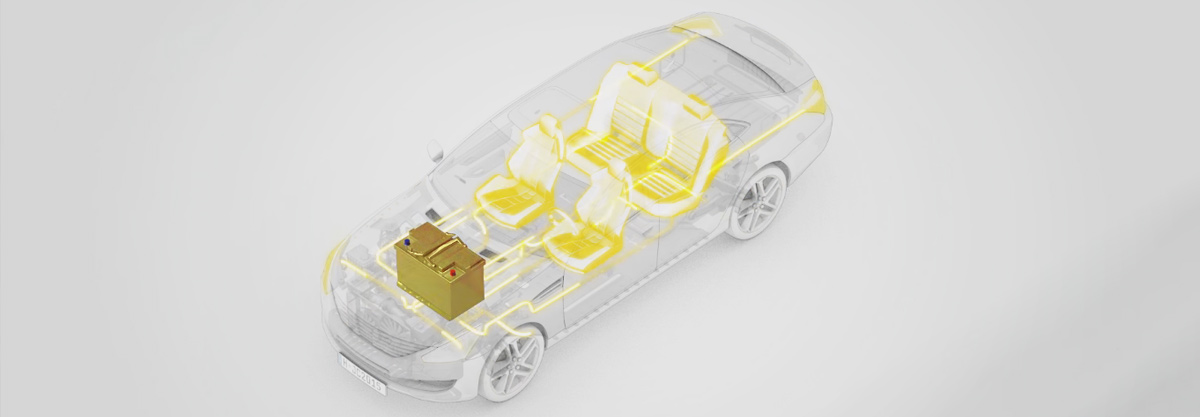
No matter a Car, a heavy loaded truck, or a motorcycle bike—depending on your interests, these terms always can bring to mind many vehicle image, all very different but all with one thing in common—they all have a battery. Most enthusiasts don’t give the battery in their vehicle much thought until the engine won’t start—then the battery becomes the center of attention. We’ll take a close look at the how and why of batteries, but first it’s easier to understand how a battery works or what it’s function in a vehicle if you know what it is supposed to accomplish. Batteries mainly have three functions:

1. To provide electrical power to start the engine.
A battery’s primary function is engine starting. Engine size, or displacement is the determining factor for amperage requirements and battery capacity for a specific application. A battery’s capacity is rated in two ways; amp-hour (AH) and cold cranking amps (CCA). The amp-hour rating is the battery’ s ability to deliver current for an extended period of time. Cold cranking amps is the battery’s ability to produce current in low temperatures. A battery’s CCA rating for a specific application is directly proportional to engine size which determines the minimum level of amperage for starting. CCA must be met or exceeded by the battery’s capacity. Batteries with less capacity are capable of starting a large displacement engine, but they may not do so reliably, especially in colder climates. How batteries are rated is covered later in this manual.

2. To supply additional current when the charging system can’t keep up with electrical demand.
A battery’s second function is to supply current when the charging system is overworked. This usually occurs (though not always) when the engine is being run at lower than normal operating speeds. Electrical components including: lights, fuel pump, ignition & fuel injection systems use most of the charging system’s capacity. If aftermarket electrical accessories have been added (heated clothing or extra lighting for example) the charging system may not keep up with the added electrical demand and the battery supplies the additional current to power these components.

3. To act as a voltage stabilizer for the charging system.
The third function of a battery is to act as a voltage stabilizer for the charging system. Vechicle charging systems need something to push against to keep from producing excessive voltage. In addition, high voltage spikes may be produced when turning on, or off certain electrical circuits. These fluctuations in voltage are partially absorbed by the battery, which protects solid-state components, including computers and ignitions systems from damage.